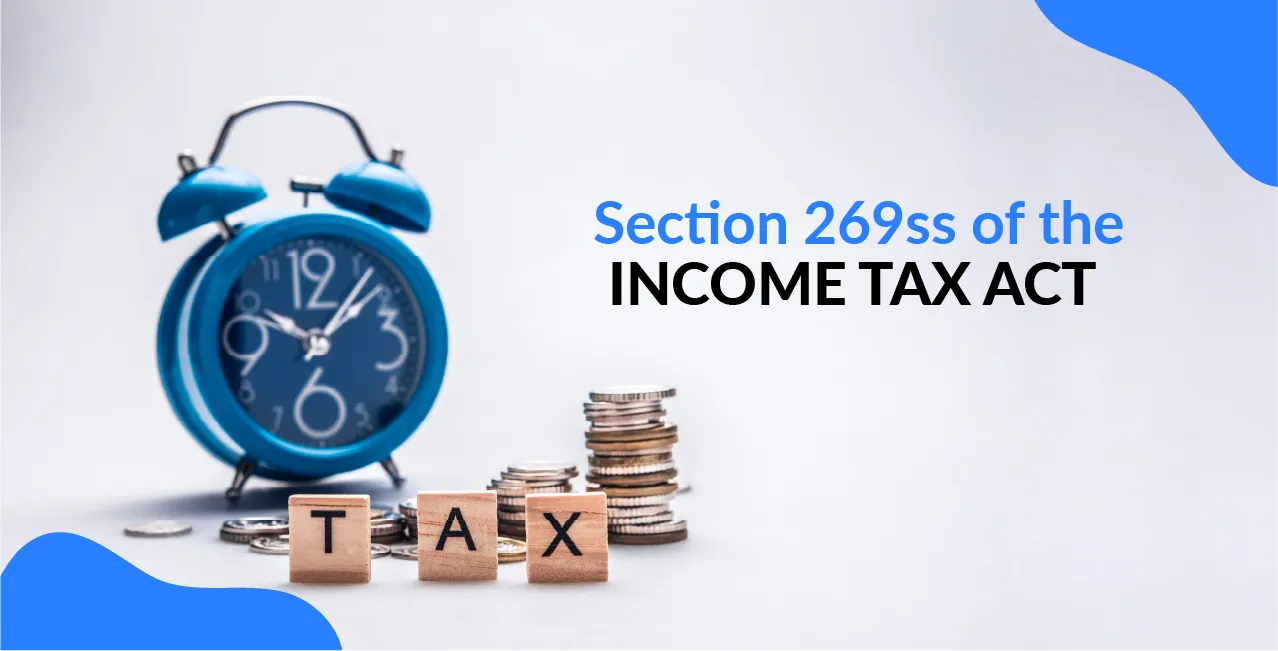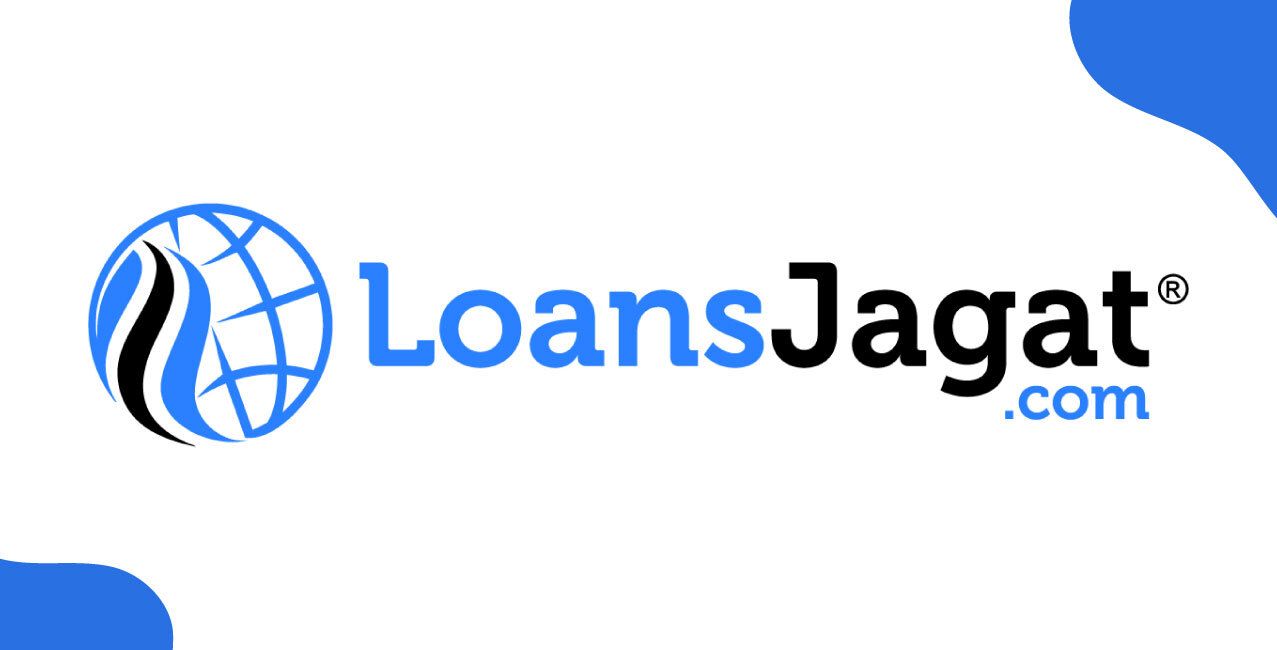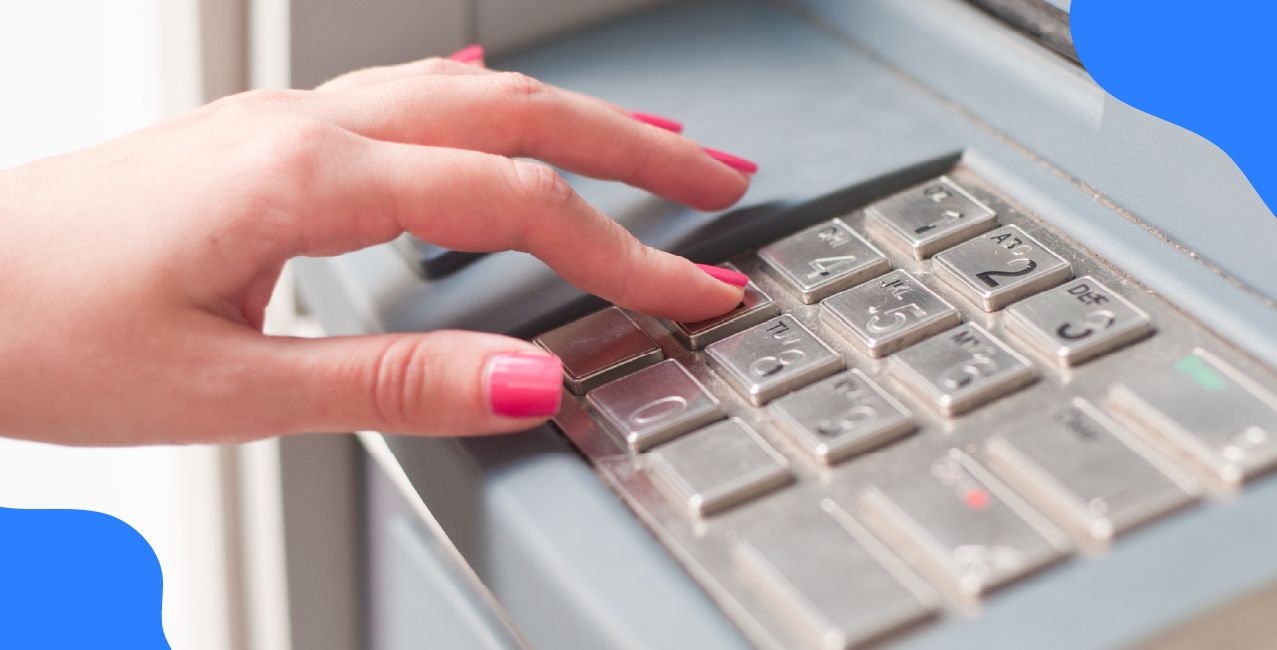
Author
LoansJagat Team
Read Time
6 Min
15 Jul 2025
Section 269ss of the Income Tax Act – Cash Loan Limits & Penalties
Rohit wished to borrow ₹50,000 from his friend. He did not receive this money in cash; instead, he obeyed the policies and got the loan transferred to a bank account or by a cheque. Through this, he would not have committed an offence under Section 269 SS.
What is Section 269SS?
- It is a rule under the Income Tax Act.
- It stops people from taking or giving big loans or deposits in cash deposits.
- If the amount is ₹20,000 or more, it must be taken or given through a bank, cheque, or digital payment.
Why is it important?
- Avoids tax evasion.
- Keeps financial transactions clear and legal.
Read More – Section 269ST of Income Tax Act
Example Table:
Key Points:
- Always use banking channels for ₹20,000 or more.
- Keeps your finances safe and legal.
- If you break this, be ready for the penalties.
Importance of Section 269ss
Rohit reached out to his uncle to borrow ₹1,00,000 for his business. In place of taking cash, he requested his uncle to send the amount of money directly to his bank account. By doing so, Rohit complied with Section 269SS and did not get into trouble.
Why is Section 269SS Important?
- Stops Tax Evasion: Borrowing large sums of cash enables individuals to keep the money out of the tax department. It is a rule that records all big transactions.
- Keeps Transactions Legal: If you take or give ₹20,000 or more in cash, it is illegal. Using banks or cheques makes it legal.
- Avoids Penalties: Breaking this rule can lead to a fine equal to the loan amount (e.g., ₹1,00,000 fine on ₹1,00,000 cash loan).
- Creates Proof: Bank records act as proof in case of disputes.
Example Table:
Key Points:
- Always use cheques, bank transfers, or digital payments for loans or deposits of ₹20,000 or more.
- Cash transactions above this limit are not allowed.
- Following this rule keeps you safe from fines and legal issues.
Objectives of Section 269ss
Rohit had a small shop, and he required ₹80,000 to grow his shop. His friend had volunteered to lend him the money as cash, but Rohit was well aware of the fact that coming with so much amount of cash might be an issue. He, instead, obtained a loan under transfer in the bank; a process that qualified the rules of Section 269SS.
Objectives of Section 269SS
- Stop Black Money: Prevents people from hiding large cash transactions from tax authorities.
- Promote Digital Payments: Encourages people to use banks, cheques, or online transfers for large amounts.
- Create Transparency: Ensures all major financial transactions are properly recorded.
- Reduce Tax Evasion: This makes it harder for people to avoid paying taxes on large loans or deposits.
- Avoid Legal Trouble: Protects both lender and borrower from penalties.
Example Table:
Key Points:
- Never accept or give ₹20,000 or more in cash for loans/deposits.
- Always use a bank, cheque, or digital payment for big amounts.
- Following this rule keeps your money safe and legal.
TDS Rate Under Section 269ss
Also Read - What is Black Money
Rohit had taken a business loan of ₹5,00,000. This was a huge amount and hence was deducted 1% of TDS (Tax Deducted at Source) by his partner before the remaining amount ₹4,95,000 was transferred to the account of Rohit. This was by tax regulations in Sections 269SS and 194A.
TDS Rules Under Section 269SS (with Section 194A)
- When TDS Applies:
- On interest payments over ₹5,000 in a year (for individuals/HUFs)
- On loans/deposits exceeding ₹20,000 in cash (prohibited)
- TDS Rate:
- 1% if interest is paid to an individual/HUF
- 10% if PAN is not provided
- No TDS if the total interest is below ₹5,000/year
Example Table:
Key Points:
- TDS @1% applies on interest over ₹5,000/year.
- Cash loans above ₹20,000 are banned – always use bank/cheque.
- Borrower deducts TDS; lender shows it in tax returns.
- No TDS if interest is small (under ₹5,000/year).
Exemption Under Section 269ss
Rohit required ₹25,000 on an urgent basis to treat his mother. This is because his neighbour agreed to loan him the cash. The reason why the transaction was exempted from Section 269SS is because Rohit was borrowing the money at the hand of an individual (not a bank) and that he was borrowing the money as an emergency.
Exemptions Under Section 269SS
- Loans from Banks/Government: Cash transactions with banks or government institutions are allowed.
- Loans between Relatives: Money taken from close family members (like parents, spouse, siblings) is exempt.
- Medical Emergencies: Cash loans for urgent medical treatment are permitted.
- Agriculturists: Farmers can accept cash loans up to ₹20,000 even if they exceed the limit.
- Small Amounts: Loans/deposits below ₹20,000 in cash are always allowed.
Example Table:
Key Points:
- Cash loans below ₹20,000 are always allowed.
- Loans from relatives, banks, or for medical emergencies are exempt.
- Other cases must use cheques/bank transfers to avoid penalties.
Due Date and Compliance Requirements
On April 1, 2023, Rohit used a ₹3,00,000 business loan taken out by him as a friend. As it was more than ₹20,000, he made sure that he transacted through the bank, thereby adhering to the requirements of Section 269SS.
Due Date & Compliance Requirements
- No fixed due date: Section 269SS applies at the time of the transaction
- Must use banking channels for loans/deposits of ₹20,000 or more
- Penalty if broken - equal to the loan amount (₹3,00,000 fine in Rohit's case if taken in cash)
- Keep records of bank statements/cheques as proof
- No TDS requirement under this section (different from other tax rules)
Rohit avoided trouble by following these rules properly.
Practical Examples
Rohit wanted to borrow ₹50,000 from his cousin to repair his house. He remembered the ₹20,000 cash limit rule, so he took the loan via bank transfer instead of cash.
Practical Examples of Section 269SS
- Allowed: Taking ₹15,000 cash loan from a friend (below ₹20,000 limit)
- Not Allowed: Accepting ₹25,000 cash loan from a business partner.
- Allowed: Getting ₹1,00,000 loan from father (relative exemption).
- Not Allowed: Taking a ₹30,000 cash deposit for shop rent.
- Smart Choice: Rohit using UPI for a ₹35,000 business loan.
Rohit stayed safe by following these simple cash transaction rules.
Conclusion
In the case of Rohit, one can see why Section 269SS. When he was lent ₹50,000 by his cousin to fix the house, he opted to have the money transferred to his bank balance rather than the cold cash. This small choice prevented him from sanctions in the form of a loan, which is equal to the loan amount.
Life is not supposed to be difficult; the rule exists to keep things transparent, eliminate tax evasion and increase electronic transactions.
If you just had a medical emergency, business loan, family assistance, or whoever you borrowed money from, you should be familiar with the ₹20,000 cash limit and exception (relatives loan) because it will get you in trouble. A bit of knowledge can go a long way in keeping one's finances out of trouble legally, like Rohit.
FAQs
What is Section 269SS?
A tax rule that stops people from taking/giving loans above ₹20,000 in cash.
What happens if I break this rule?
You’ll pay a penalty equal to the loan amount.
Can I take ₹50,000 cash from my father?
Yes, loans from close relatives are exempt.
Is a ₹15,000 cash loan allowed?
Yes, because it’s below ₹20,000.
How should I take a ₹1 lakh loan?
Use bank transfer, cheque, or UPI—never cash.
Does this apply to bank loans?
No, banks are exempt—cash withdrawals are fine.
What if I need cash for a medical emergency?
Medical loans are exempt, even above ₹20,000.
Do I need to deduct TDS under this section?
No, TDS rules are separate (see Section 194A).
Can I accept ₹30,000 cash for selling my bike?
This rule applies only to loans/deposits—sales are different.
Other Related Pages | |||
About the Author

LoansJagat Team
‘Simplify Finance for Everyone.’ This is the common goal of our team, as we try to explain any topic with relatable examples. From personal to business finance, managing EMIs to becoming debt-free, we do extensive research on each and every parameter, so you don’t have to. Scroll up and have a look at what 15+ years of experience in the BFSI sector looks like.

Quick Apply Loan
Subscribe Now
Related Blog Post


